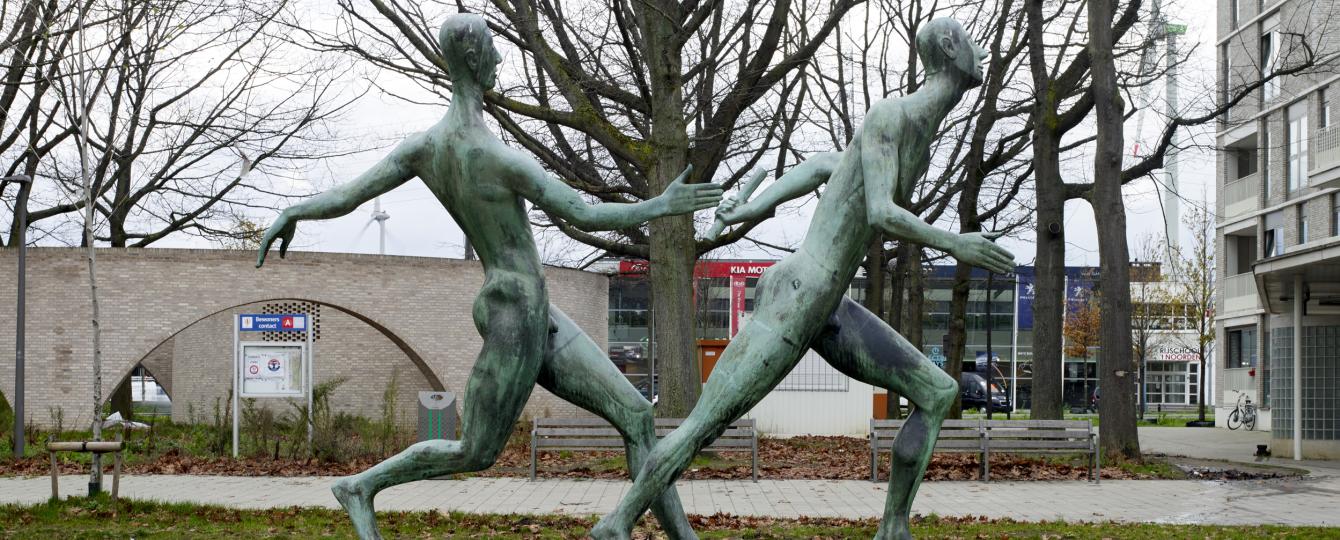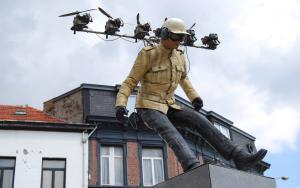A major part of the collection is devoted to statues and monuments that depict the history and folklore of the city of Antwerp. These include painters such as Rubens and Teniers, writers such as Conscience and Van Ostaijen, heads of state and mayors, and fictitious characters such as Lange Wapper.
It has to be acknowledged that the profile of this collection is currently not diverse or inclusive, neither in terms of the persons represented nor in terms of artists. Art in the City is dedicated to researching these matters, to actively question those issues which in the past were considered self-evident but are now viewed differently, and how the collection can in future be expanded in a more inclusive and socially representative way. Unlike the Middelheim Museum collection, which is founded on the premise of the artistic autonomy of the museum space, the Art in the City collection is developed on the basis of an intermediary role between the city of Antwerp, which commissions works, on the one hand, and artists, institutions, organisations, associations and citizens on the other. The Art in the City collection is assembled and managed in the interests of society and the shared urban space. In addition, the collection is developed on the basis of a long-term perspective: permanent artistic interventions in the city are not only for the enjoyment and contemplation of today’s inhabitants, but also for future generations.
The high visibility of this collection means it is able to instigate public debate about the societal appreciation of or concern about specific works. A collection of art in public space inspires and stimulates the expression of more and various opinions on how people relate to a particular work in the collection.
An international, professional frame of reference is employed for Art in the City, which requires a tailor-made collection policy. An appreciation of the historical heritage is combined with the aim of creating a prominent place for contemporary art (including sculpture) in the city.
Information on and knowledge about the collection is gathered by means of archive research, interviews with artists and thematic research projects. This information is made accessible to the inhabitants, visitors and art professionals via digital and analogue channels of communication, a collection database (soon online) and temporary projects in which specific works or clusters of pieces from the collection are given a closer look.



